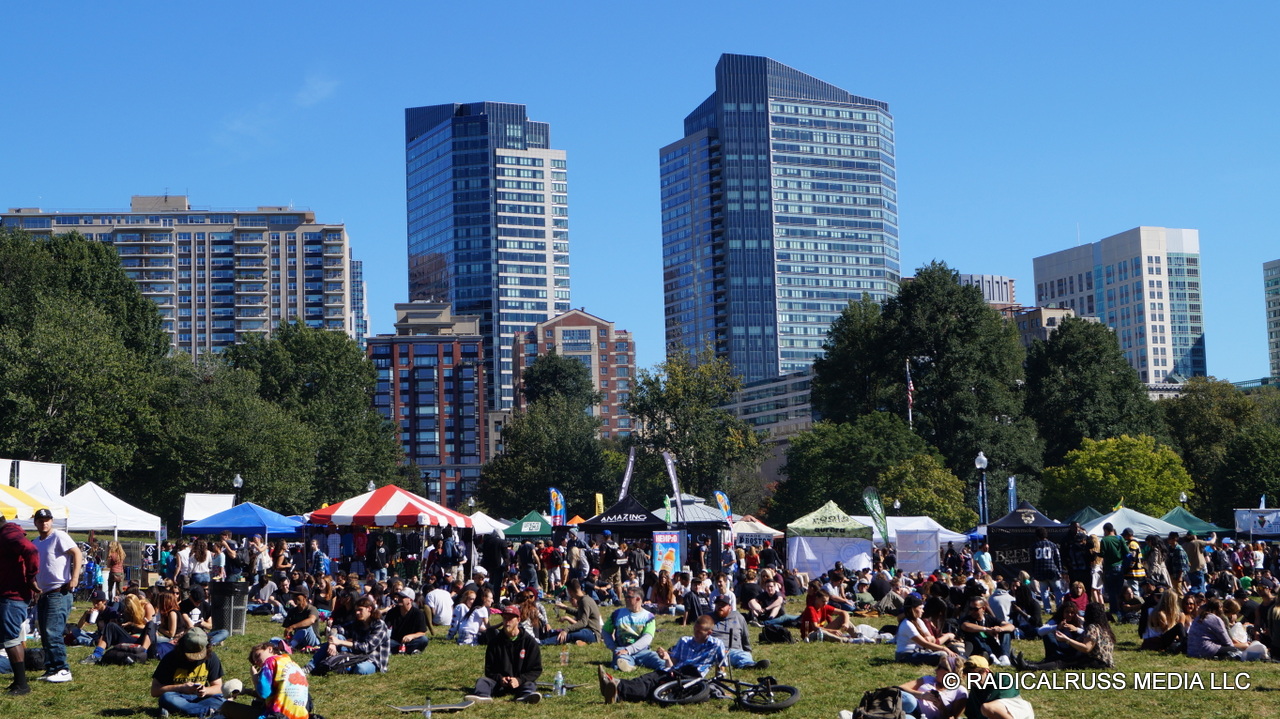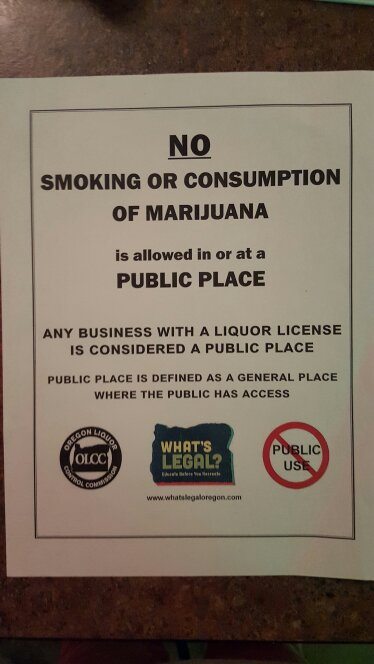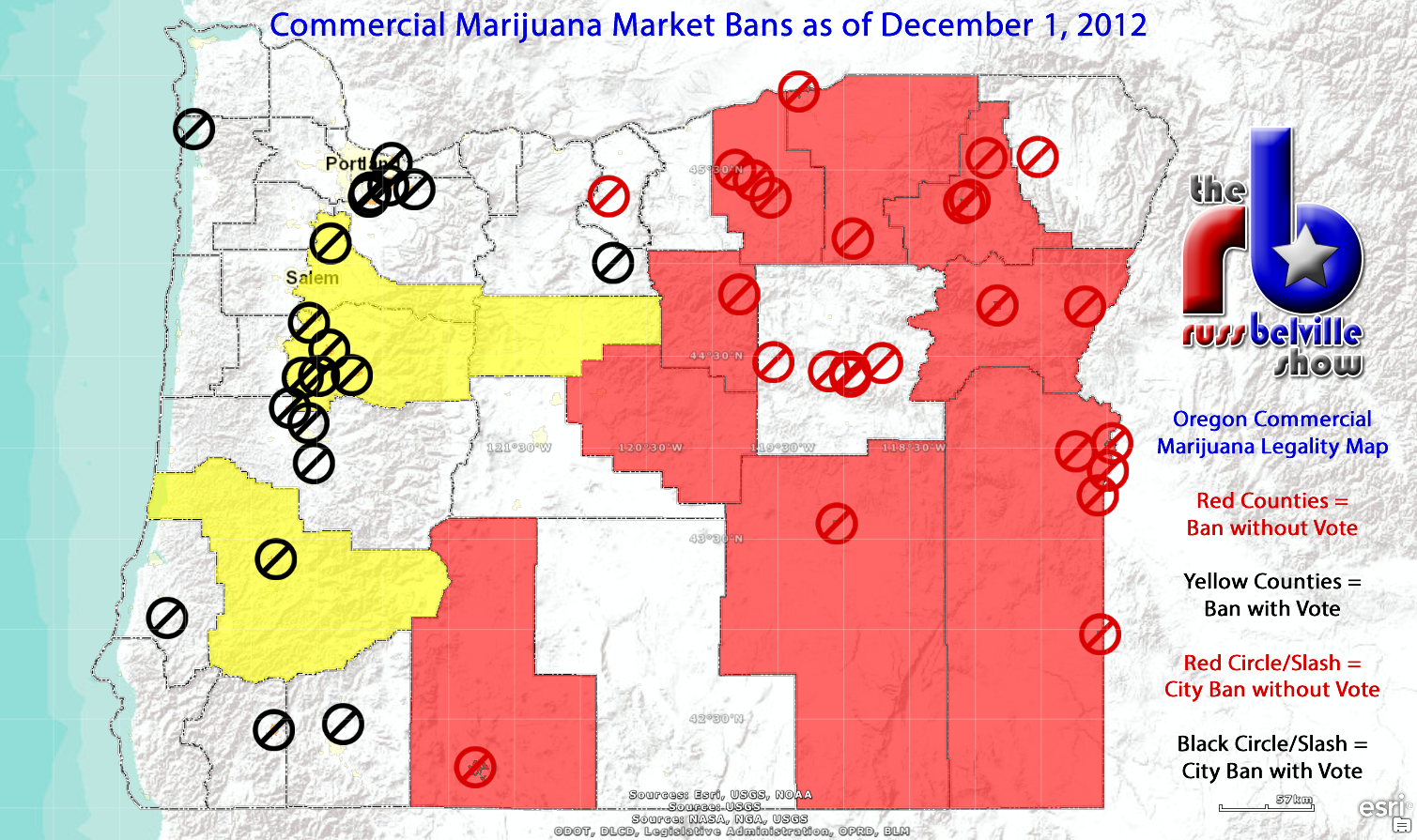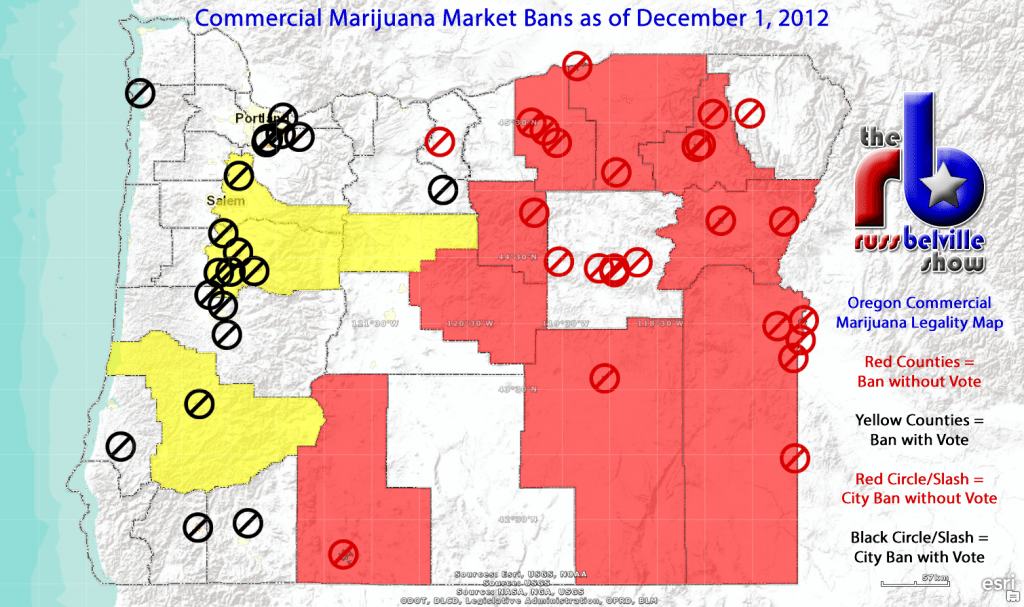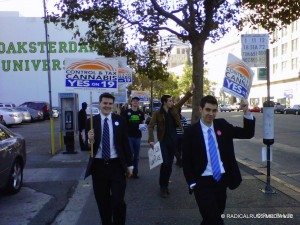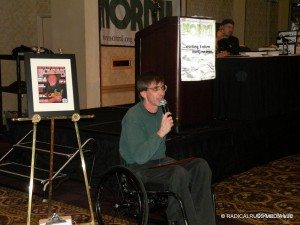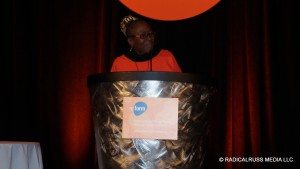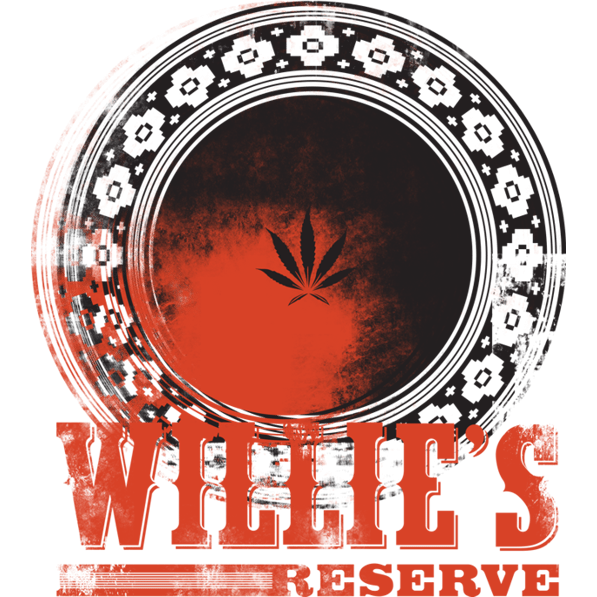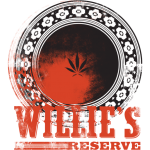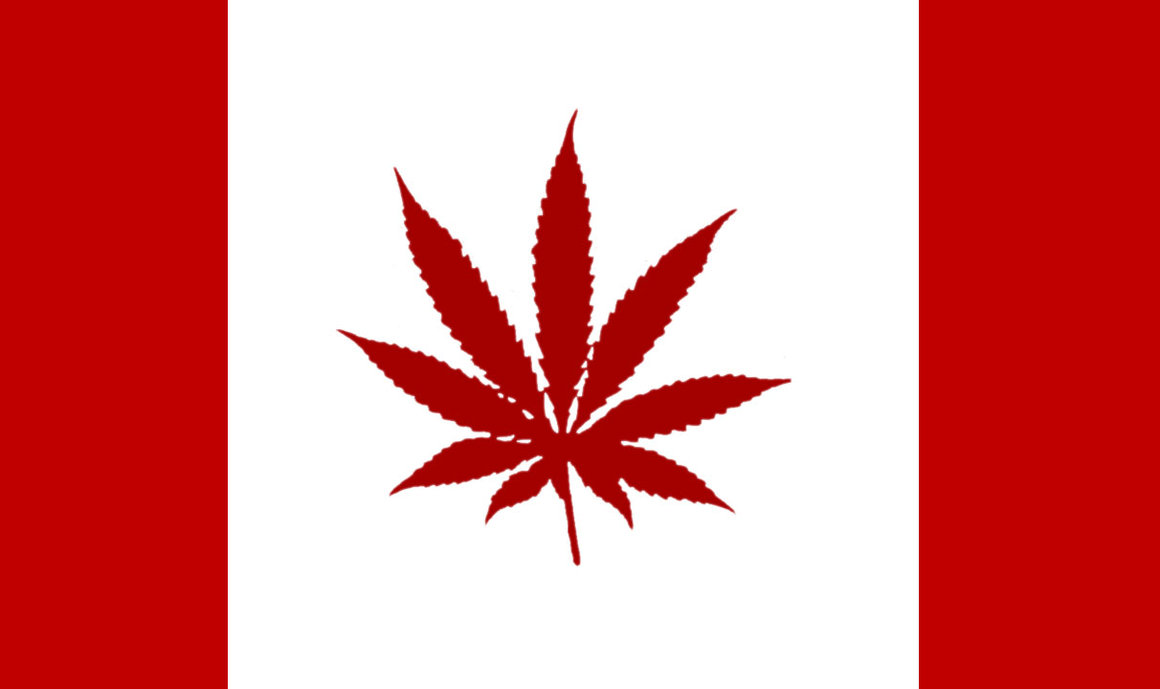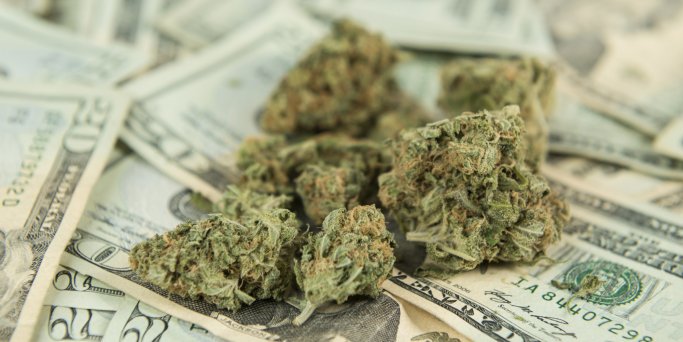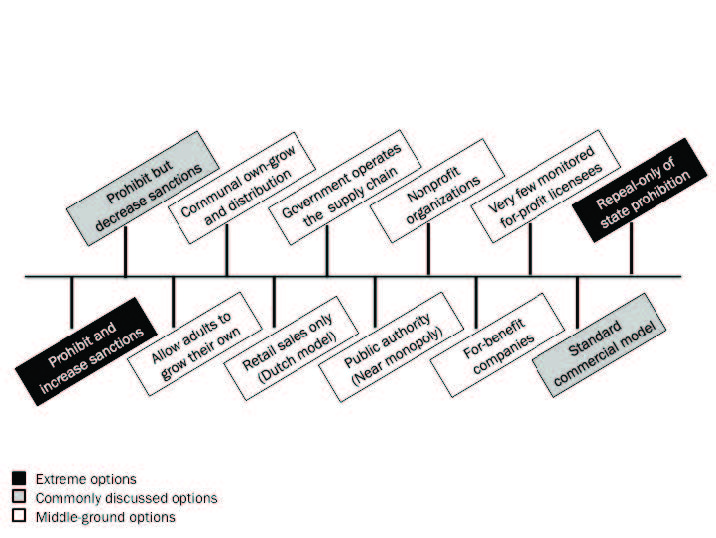Steven S. Epstein from the grassroots Massachusetts legalization Bay State Repeal announced via Facebook last night that their initiative petition for the 2016 ballot fell short of the required threshold of signatures.
“Thanks and gratitude to my friends who expended effort soliciting and delivering signatures of registered voters (you know who you are) for Bay State Repeal,” wrote Epstein. “Alas, our proposed law will not be introduced into the legislature as an initiative petition in January 2016.”

The same message was posted to Bay State Repeal’s webpage under the heading “Too Many Relied on Too Few”. The initiative had been endorsed by Harvard Professor Emeritus and pioneering medical marijuana researcher Dr. Lester Grinspoon, the Massachusetts affiliate of the National Organization for the Reform of Marijuana Laws (MassCANN), and the Boston Globe newspaper.
That leaves only the Campaign to Regulate Marijuana Like Alcohol (CRMLA) as a legalization option for Massachusetts. Last month, Marijuana Policy Project (MPP), the organization sponsoring CRMLA, announced they had submitted more than 100,000 signatures of the 64,750 signatures required to make the ballot.
The Globe, in its endorsement of Bay State Repeal, derided the MPP-backed CRMLA as a “flawed proposal” that creates “another industry ripe for special-interests politics”. While both initiatives proposed age limits of 21 years, home grows that must be locked and hidden, landlords that can ban home growing, and a system of taxed pot shops, the Globe dismissed CRMLA for its “caps on the number of growers”, “fees up to $15,000 for licenses to grow”, and “an arbitrary cap on possession” by limiting adults to just one ounce of marijuana in public and ten ounces at home.
Epstein now vows to defeat MPP’s CRMLA if it should make the ballot. Epstein told the Globe that he will “use every skill in my power” to oppose the marijuana legalization initiative, which he called a “bad law” that supports “crony capitalism”.

But other Massachusetts activists are more pragmatic. Bill Downing, chairman of MassCann NORML, the state affiliate, told the Globe that he personally supports CRMLA and expects the board of MassCann to endorse the initiative.
Massachusetts CRMLA would legalize for adults 21 and older the possession of one ounce of marijuana flower, 5 grams of marijuana concentrate, and cultivation of 6 cannabis plants per adult with a limit of 12 per household, plus possession of 10 ounces of marijuana flower at the home.
Commercially, marijuana would be produced by growers and sold at pot shops, taxed at 3.75 percent excise tax plus state and local sales taxes. Localities could also add up to 2 percent tax and ban marijuana establishment through a vote of the people.
CRMLA also extends protections to cannabis consumers. Child custody and visitation rights cannot be affected solely because a parent uses marijuana. Organ transplants and other medical procedures cannot be denied solely due to cannabis consumption.
Massachusetts CRMLA is equal to or better than the legalization that currently exists in four US states. It would be foolish to reject this legalization initiative in 2016 on the promise that the group that just failed to gather signatures in a presidential election year will be able to produce something better for the ballot in the future. Legalization ALWAYS trumps Prohibition.

